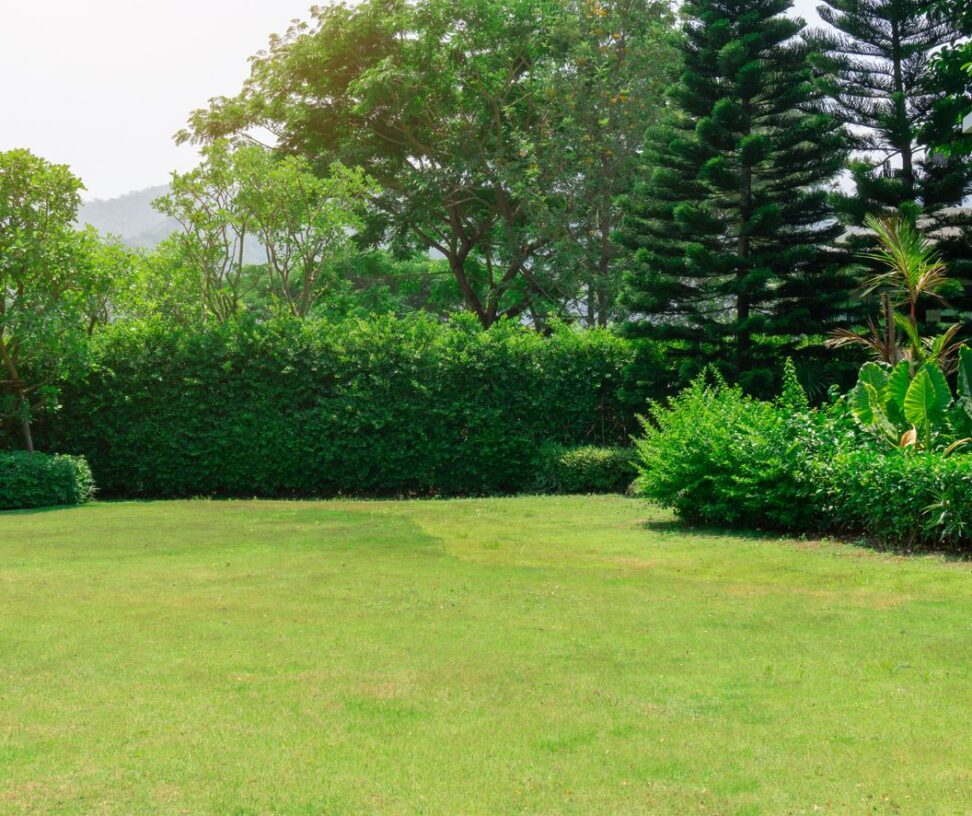Guest Post by Steph Senter
A clean and well-maintained landscaping will be a nice space where your family could spend time together.
It’s best to be proactive when it comes to lawn care.
Make sure to prioritize your yard with routine maintenance to keep the landscaping in good shape at all times.
Here are a few maintenance tips to ensure your yard stays attractive.
Hire A Landscape Professional
If you lack time to keep the landscaping in your yard in good shape, consider hiring a professional to work on the task.
Professionals will efficiently remove weeds, trim the lawn, and do other general maintenance tasks.
If you’re eager to learn more about landscaping maintenance services, Gardener Sydney would be a good starting point.
Inspect Your Yard
If you want to maintain your landscaping, it might be best to spend some time checking everything.
Take time to check the plants, trees, and soil in your yard carefully.
This will help you identify any diseases or pests before they get out of hand.
Remember that the best defence against these in your landscape is maintaining healthy soil and early detection.
Prune During Winter And Early Spring
One of the maintenance tasks for your yard is pruning.
Trim away any damaged or disfigured branches due to the snow and ice in late winter.
Don’t forget to remove any unwanted lower branches on evergreen trees and shrubs if you have any on your property.
Remember that most trees and shrubs require pruning in late winter or early spring.
The suitable time to prune a shrub will depend on when it blooms and whether it flowered in the same or previous years.
For shrubs that flower during the summer, prune them at the end of winter or early spring before any new growth begins.
For shrubs that flower during spring, prune them after the flowers fade.
Because these typically bloom during the previous season’s growth, you’ll cut off the buds and flowers if you prune too early.
Clean Up The Yard
Getting rid of any debris or piles of leaves should be a priority if you don’t want mould or decay. . .however, avoid raking into the wet ground.
The best time to clean up a yard is when the temperature reaches the 40–50 range.
If you have a compost pile or planning to start one, you can place all the leaves into the pile.
In case you have perennial beds in your yard, consider cutting down those already spent until the weather warms up.
Many beneficial insects are still hibernating in the leaf litter and eventually wake up once the weather warms up and the daylight lengthens.
If you’re eager to work on the task, you can trim the spent plant stems and set them aside on the edges of your yard.
Add Mulch
The addition of fresh mulch in your yard will be beneficial.
Add an inch layer of fresh mulch around trees and in plant beds.
Don’t let the mulch come into direct contact with the tree trunks, and don’t add more than three inches of mulch at a time.
The mulch can make the planting areas look neat and help hold moisture in the soil, keep the roots cool during summer, and serve as insulation during the winter.
As the mulch decomposes, it contributes organic matter to the ground.
Maintain The Lighting
If you truly want to showcase the beauty of your yard, keep the lighting in good condition.
Ensure your property has adequate lighting for security purposes as well as to highlight the best features of the landscaping.
Make sure to replace the light bulbs when needed and check for any problems that might affect their performance.
Keep Your Grass Healthy
Remember, though, to avoid over-mowing as it can damage the crown of the grass or allow the roots to burn.
Make sure to amend the soil to ensure healthy grass.
If you want to know your soil’s pH level, you can take samples and have them tested.
One way to adjust the soil pH is to add lime to increase the pH or iron to reduce the level.
Most types of grasses typically prefer a soil pH of 6.0 to 7.2.
Final Thoughts
Keeping the landscaping on your property in good shape throughout the year should be your priority as a homeowner.
When you have healthy trees, plants, and grass, they’ll create the ideal outdoor space that will boost the overall appeal of your property.
With the help of these landscape maintenance tips for your yard, you’ll have an appealing outdoor space throughout the year.
Author: Steph Senter is a property manager. She’s been in the industry for 15 years and knows the ins and outs of property management. She writes blog posts and guest posts to share her expertise. In her free time, Steph enjoys gardening and playing with her dogs.
